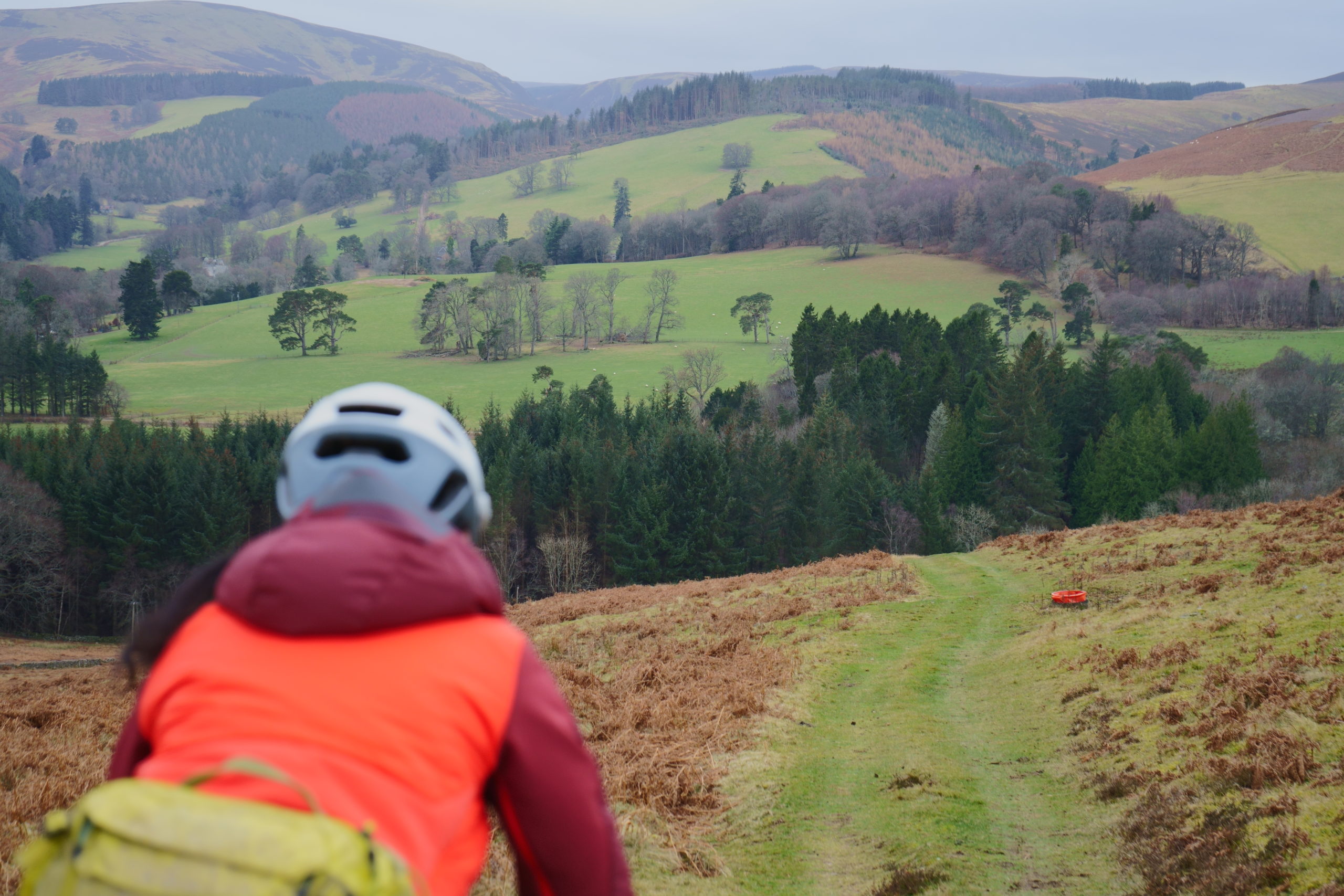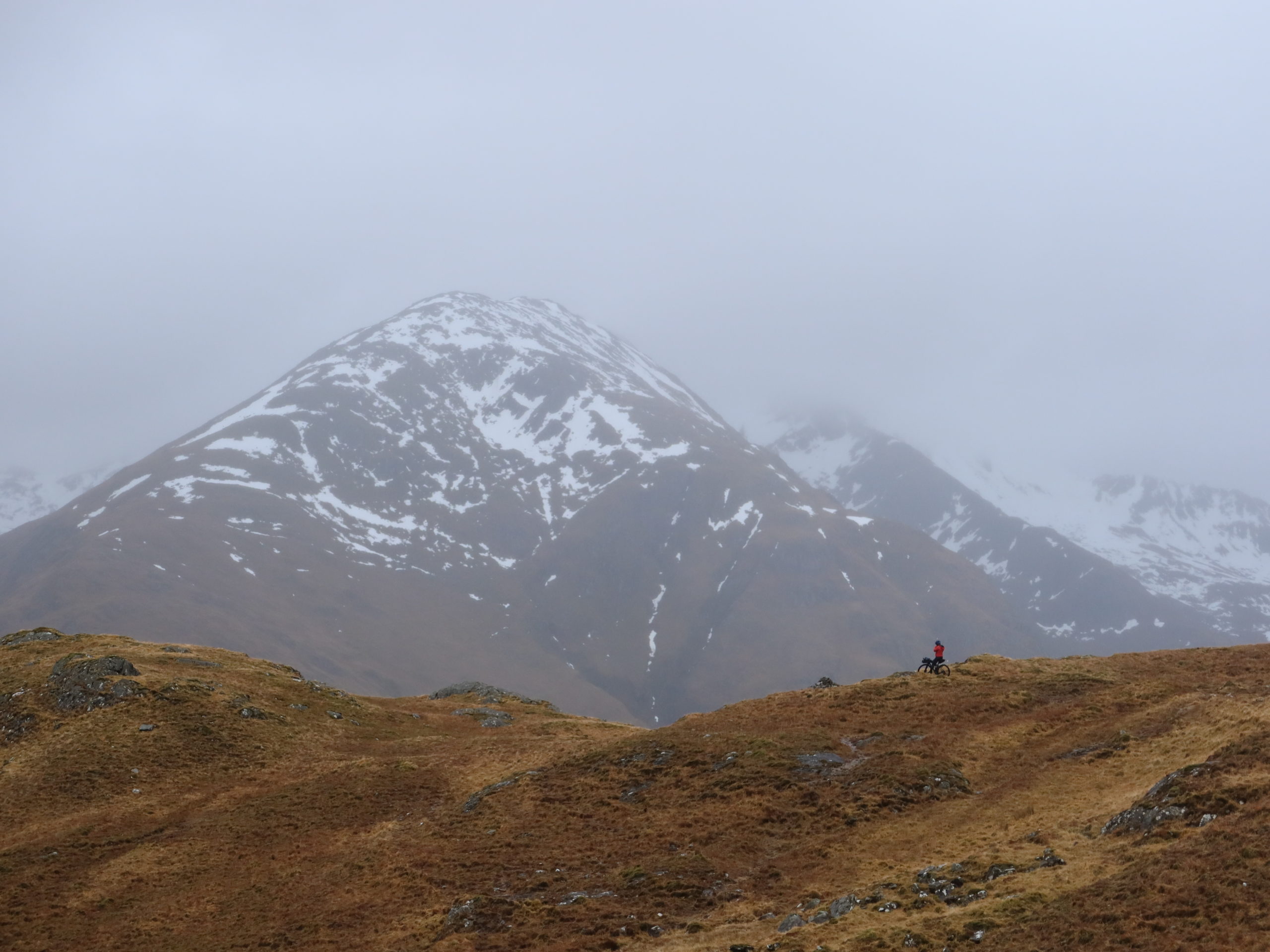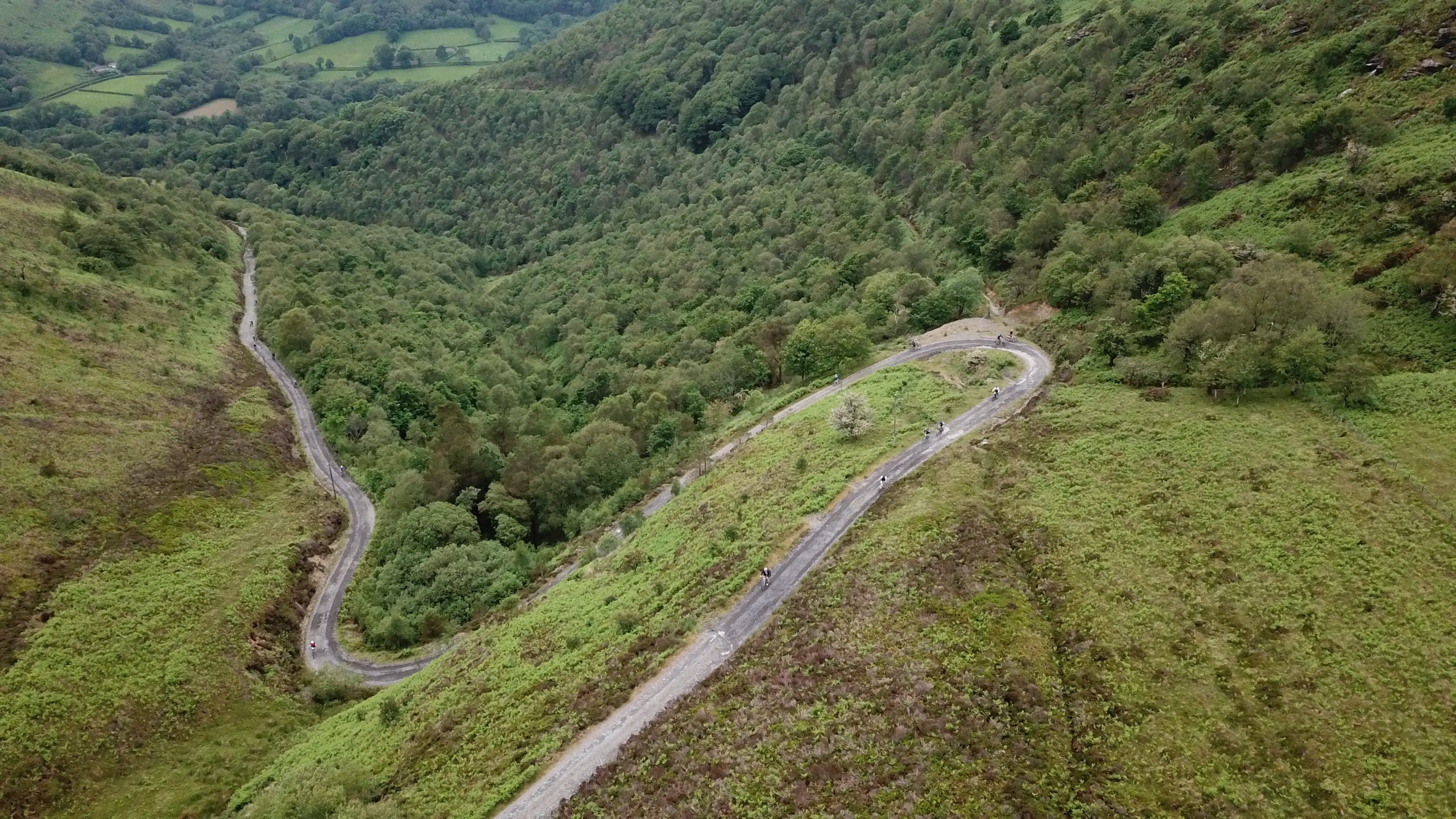I have contributed regularly to the Yellow Jersey Blog since 2018, the same year that I launched my first gravel bikepacking route in Argyll, the Wild About Argyll Trail. Since then a few more projects followed: the Go East Lothian Trail in 2018, the Dunoon Dirt Dash route and event in 2019, the Perthshire Gravel Trails and a gravel bikepacking version of the John Muir Way in 2020, new gravel routes in the Cateran Ecomuseum and a new Bikepacking Argyll’s Islands trail in 2021 and a shorter, more off road version of the North Coast 500 in 2022. More recently I joined cycling round the world record holders Mark Beaumont and Jenny Graham for Explore Your Boundaries to do a 900km loop of Scotland’s Adventure Coast, Argyll and the Isles, on gravel bikes and ferries.
One of the first articles I published about gravel bikes was titled ‘Gravel Joy’. Up until that point my opinion about gravel riding was mixed. I had ridden 34,000km around the world on a rigid singlespeed mountain bike. Before the summer of 2017, when I picked up a Surly Straggler, I didn’t see the need for another bike and thought that gravel bikes were simply another marketing move from the bike industry. The bike, which I initially borrowed for mapping a network of routes in Glasgow’s city centre and then continued to use to ride the Wild About Argyll Trail, stayed with me and became the stalwart in my collection of bikes. And while it has since been replaced by a Kinesis Tripster AT, it still serves me well as my singlespeed gravel bike. My conclusion back then, and the reason why I was headlining the article ‘Gravel Joy’ was: ‘It’s not just about the bike, it is also about what I am able to do with it. The nature of gravel riding, fast and adventurous at the same time.’
When I wrote my first article, my opinion of gravel riding was still closely defined by the bike I rode. Gravel bikes had drop bars, 700c wheels and a geometry that was similar to a road bike. Tyre clearance wasn’t as big as it is now. Back then the 41mm-tyres were much wider than my road bike could take, but still significantly less than my mountain bike would allow me.
When researching Great British Gravel Rides, a comprehensive guide to gravel cycling in Britain, in the summer of 2021, my own definition of gravel riding had changed significantly. Gravel riding was no longer defined by a certain type of bike, but much more by the opportunities it offered and the community around it. Since I picked up my first gravel bike, I hardly touched another bike. I have successfully finished the Silk Road Mountain Race, at times much more intense than my round the world trip, on a fully loaded drop bar bike. My gravel bike was a means to survive the isolation of various lockdowns, as I could ride it from my front door and still have adventures. When I look back on my round the world trip now, almost six years since completing it, I think that in the truest sense my longest ever journey on a bike was a gravel bikepacking trip.

‘It is a convenience to be able to carry or push a bicycle six miles instead of retracing 40 or 50 miles of a roundabout route.’
Gravel bikes are as capable on the road as they are off the beaten track. But for me gravel riding isn’t defined by the shape of bars or tyre width, nor by geometry or clothing style. The technological developments since the term was coined around 2012, when Kinesis introduced the Tripster ATR and Salsa the Warbird, have been significant. Both tyres and bars have become much wider and bikes have become even more capable. No doubt this will continue. Since I finished the book we have seen the introduction of suspension forks and dropper posts. While I had no choice of tyre models when I first mounted the G-One from Schwalbe in 2018, there are now seven different tyres to choose from. I am currently testing the G-One RS and G-One Overland tyres, and tyres have come a long way in terms of durability and grip.
But the idea of gravel riding wasn’t born with the Tripster or the Warbird. It didn’t start on the 29th May 1955 when ‘forty members who, in pursuit of their pastime, traverse the rougher and less beaten ways’ attended the inaugural meeting of the Rough-Stuff Fellowship.
What we call gravel riding has been around ever since people took their bikes off the beaten track, often in pursuit of adventure. As early as 1919, ‘Wayfarer’, as he was well-known to a large cycling audience, wrote numerous articles and gave lantern lectures about his cycling exploits.
From the cover of the 1933 C.T.C. Gazette (now Cycling UK), published on the Rough-Stuff Fellowship website, I learned that the moorland and valley roads in Wales were as popular with cyclists looking for some peace as they are nowadays – to get away from the ‘sophisticated horrors’ of the Devil’s Bridge, a popular tourist attraction today and back then. Wayfarer’s ‘enthusiasm for this type of cycling was infectious’. A century later this is exactly what was mirrored on my rides with the people who made this book happen.
But gravel cycling also offers an insight into the history of Britain. When I picked up the three editions of Harold Briercliffe’s ‘Cycling Touring Guides’ from the 1940s, I found the wonderful quote above in there. While most of the road routes that Briercliffe describes in his book are no longer suitable for cyclists, much of the landscape in national parks like the Peak District described by him in the 1940s and the off-road routes have remained unchanged. And while ‘Beeching’s Axe’ closed about 6,500km (4,000mi) of railway branch lines, some of them have been converted to excellent gravel routes nowadays.

I settled in Scotland in 2009, and have since seen the political tide in Britain turn in very different directions. While I love living in Edinburgh and most of my work has taken me all across Scotland, I was also keen to discover the country on two wheels, and this book has provided the perfect opportunity to do that. I used the journeys I undertook for this book to explore Britain from a different angle and understand better what connects us as human beings. I was warmly welcomed wherever I went, and discovered a country that has much more to offer than just good gravel riding. Researching the routes and speaking to people gave me a good insight into the place I made my home in 2009, and personally I think I learned much more than any news programme would manage to teach me.
In the year when COP26 was held in Glasgow I tried to produce this book as sustainable as possible. Most of the trips to research this book were done by train or bus. Due to time constraints I couldn’t research everything by public transport and bike, but made sure that most of the routes in this book are accessible for people who choose not to own a car. One of the routes in Scotland is planned around the first electric bus service, Ember, which happens to be very bike-friendly as well. Another route starts and finishes in Oban, connected to Glasgow by the Scotrail Highland Explorer, which unlike many other trains in Britain, provides space for up to 20 bikes.
I wasn’t interested in just writing a guidebook. I wanted to write a book that portrays the huge variety of routes suitable for rough-stuffing in Britain. Even though we are often no longer able to enjoy the quiet and peaceful roads in most places, we can still easily get away from the ‘sophisticated horrors’ as they were described in the early C.T.C. magazines. Even in a city like London, one of the most populated places in the world, there were times on my ride with Dalila when the noise of the city was drowned in beautiful birdsong. I was curious about the places gravel bikes take us to, but I was even more interested in the people whose infectious enthusiasm makes gravel riding as vibrant as it is.
I hope this book brings you as much joy reading, and riding those routes, as it brought me. And that we can share our passion for not just for gravel riding, but for cycling in general; with the same enthusiasm as the early trailblazers did.

Great British Gravel Rides: Cycling the wild trails of England, Scotland & Wales, is available from good book stores, from Amazon, or adventurebooks.com. You can also order a signed copy directly from Markus here (£25 incl. postage in the UK).
Thinking of planning your own great British gravel ride? Don’t forget to take out a Yellow Jersey bicycle insurance policy to cover accidental damage, crash damage, theft cover, liability cover and a whole host of additional benefits. If you need any assistance, please give our friendly support staff a call on 0333 003 0046